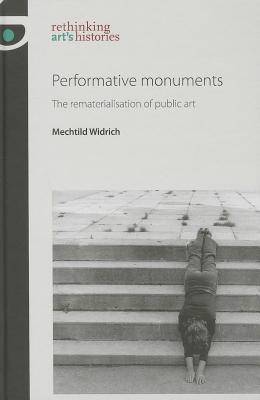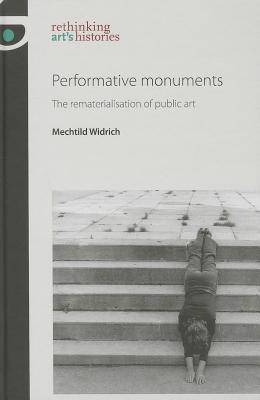
Nos liseuses Vivlio rencontrent actuellement des problèmes de synchronisation. Nous faisons tout notre possible pour résoudre ce problème le plus rapidement possible. Toutes nos excuses pour la gêne occasionnée !
- Retrait gratuit dans votre magasin Club
- 7.000.000 titres dans notre catalogue
- Payer en toute sécurité
- Toujours un magasin près de chez vous
Nos liseuses Vivlio rencontrent actuellement des problèmes de synchronisation. Nous faisons tout notre possible pour résoudre ce problème le plus rapidement possible. Toutes nos excuses pour la gêne occasionnée !
- Retrait gratuit dans votre magasin Club
- 7.000.0000 titres dans notre catalogue
- Payer en toute sécurité
- Toujours un magasin près de chez vous
166,95 €
+ 333 points
Format
Description
A man selling kebabs in the shadow of a papier mâché tree; a woman standing with a small stage built around her breasts while people wait their turn to touch them; another woman projecting snapshots of Belgrade with the official buildings painted out: what do these events have in common? All are works of public art. And all take a cue from the fugitive art of performance. The most forceful monuments of the last few decades, whether built to last on national malls or flashed as signs of protest, were in fact designed by performance artists. This book argues for the conceptual significance of performance, and of a performative model of art, to the revival of the public monument in the wake of the Second World War and the partition of Europe. Through detailed studies of artists working along these ideological fault lines, including Valie Export, Günter Brus, Marina Abramovic, Sanja Ivekovic, Joseph Beuys, Jochen Gerz and Santiago Sierra, it argues that it is not the subjective, anti-authoritarian rhetoric of performance that makes it public art, but its power to build social bonds both personal and political. Readers interested in contemporary art, politics, photography and performance theory will find in this book new facts and arguments concerning their interrelation.
Spécifications
Parties prenantes
- Auteur(s) :
- Editeur:
Contenu
- Nombre de pages :
- 226
- Langue:
- Anglais
- Collection :
Caractéristiques
- EAN:
- 9780719091636
- Date de parution :
- 31-05-14
- Format:
- Livre relié
- Format numérique:
- Genaaid
- Dimensions :
- 157 mm x 234 mm
- Poids :
- 635 g







